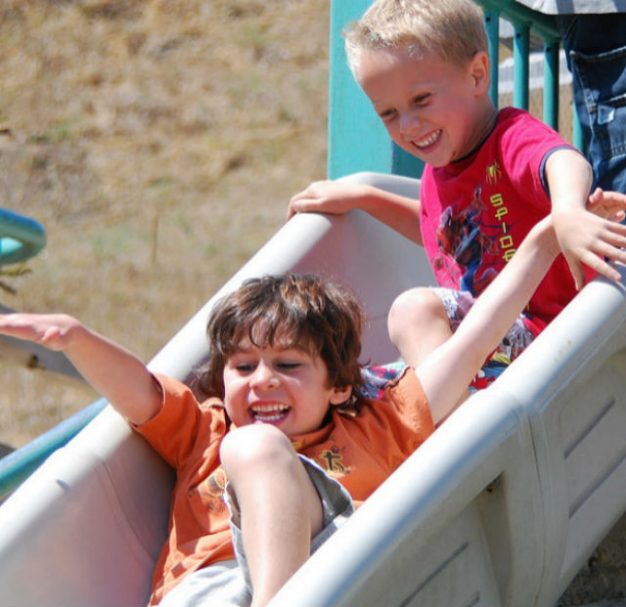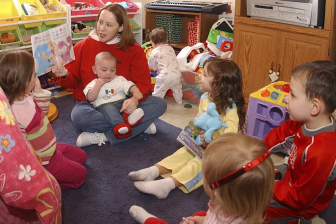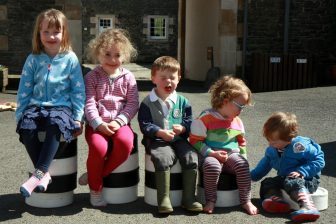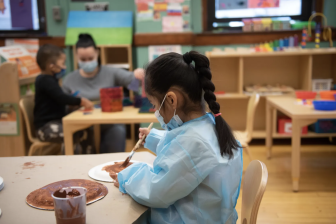
8 ways to create activities for children in a safe environment – part 1
Discovering how to best organise activities for children in free, safe and inclusive environments was the outcome of the “Playground Without Borders” project. The project that took place in Tschierv, Switzerland (2014) aimed to gather together organisations working with children in a joint project with the idea to create a week-long programme for children, fostering education, creativity and inclusion in drug-free environments.
Children living with drug or alcohol abuse in the family may face many difficulties in their everyday lives. They may feel insecure or ashamed of their family situation, live in poverty or have the pressures of responsibility beyond their years. Time spent outside the home may be the only opportunity they have to feel like children again, enjoying the carefree moments of a normal childhood. This is why keeping the environments safe – well organised, and free of drugs and alcohol – is so important to the participants: an important part of putting social inclusion in practice.
“Sometimes, you never know the value of a moment until it becomes a memory” – Dr Seuss
The biggest smiles and brightest memories come from the time when we were children. Today, through the activities that they organise, many civil society organisations have some responsibility for the smiles of many children, and will be significant actors in their future memories. This is why it is important to organise activities in a safe and inclusive environment. Here are 8 steps on how to do this:
1. Detailing
The first step is to think of what you would like to organise. Is it a couple of hours long or a whole day activity? Is it maybe a week-long event? What will the children do? What is the idea behind your activity?
Once you have the answers to these basic questions, the next thing to do is to develop it more by asking yourself:
– WHY? What is the motivation behind your idea? Is it a special occasion (e.g. a birthday party), an educational programme (e.g. children’s camp), or maybe a response to a social need (lack of space for children)? Being clear about the context and purpose of the activity will give you a more holistic view of the work ahead.
– HOW? What is there to be done, how much time will you have and what type of logistical support and information do you need? This can help you understand the overall volume of work that you will have to do, but at the same time it will reveal the strengths and challenges of your initial plan and allow you to adjust it.
– WHO? Who can you count to support you to put the idea into practice. It is useful to know how the size of your team, however large or small.
– WHEN and WHERE? Set the time and the place of your activity and share it with the team. Produce and disseminate a small summary of the programme and activities so that everyone is on board and has the same understanding. If you are organising an international activity with an international team, make sure you take any language differences into account.
– PARTICIPANTS: The further development of the idea will depend on the age, number and characteristics of the children participating. The programme must respond to with these three factors if the event is to be interesting and appealing to the children attending.
It is especially important to consider the environment where the activities will take place. Regardless of the characteristics of the children and their ages, the environment should be free of alcohol, tobacco and other drugs. In this way, a safe environment is created for all the children, and in particular for the children who live in families where one or both of the parents may have alcohol or drug problems. To be continued..
Author: Vasilka Lalevska
Photo Credit: Photo by Jack Wolf (//www.flickr.com/photos/wolfraven/2779388173/)



